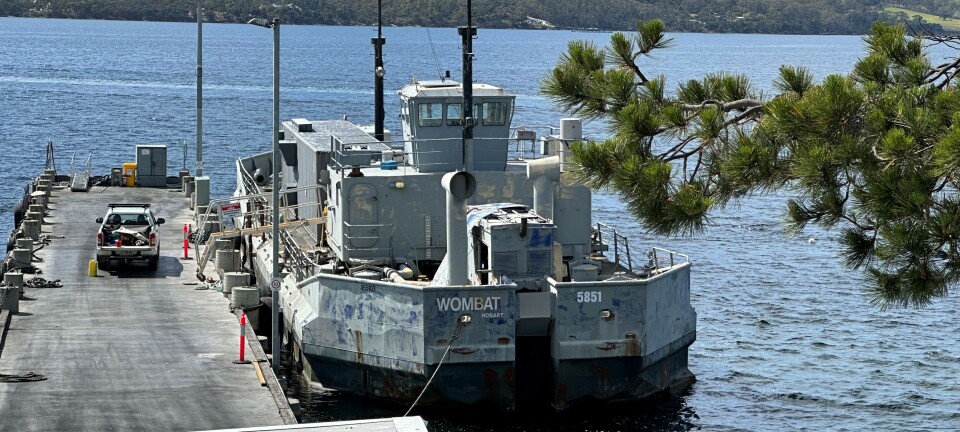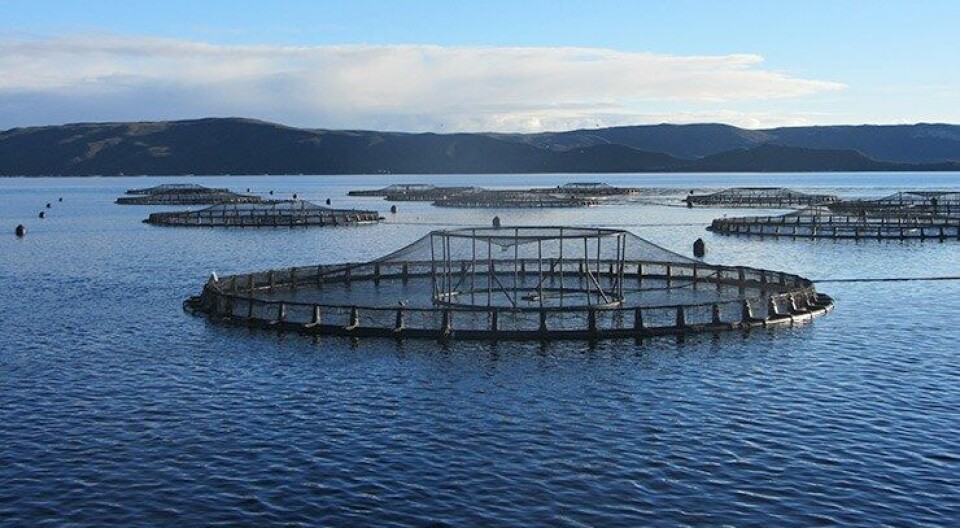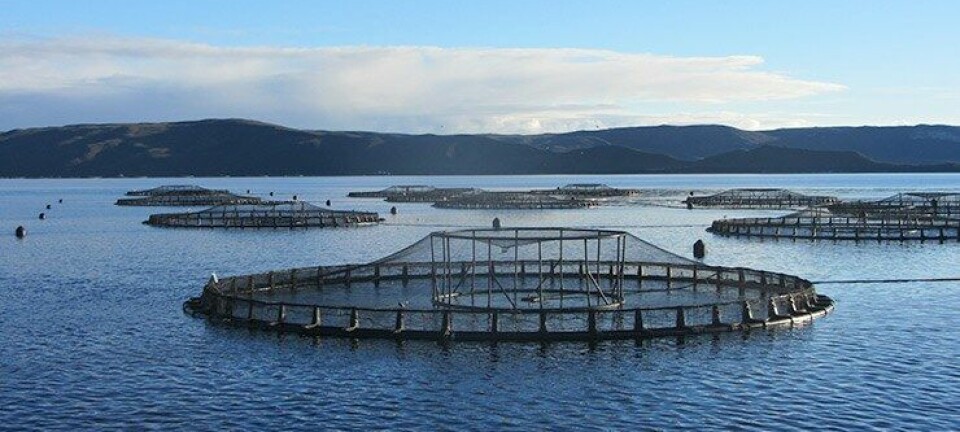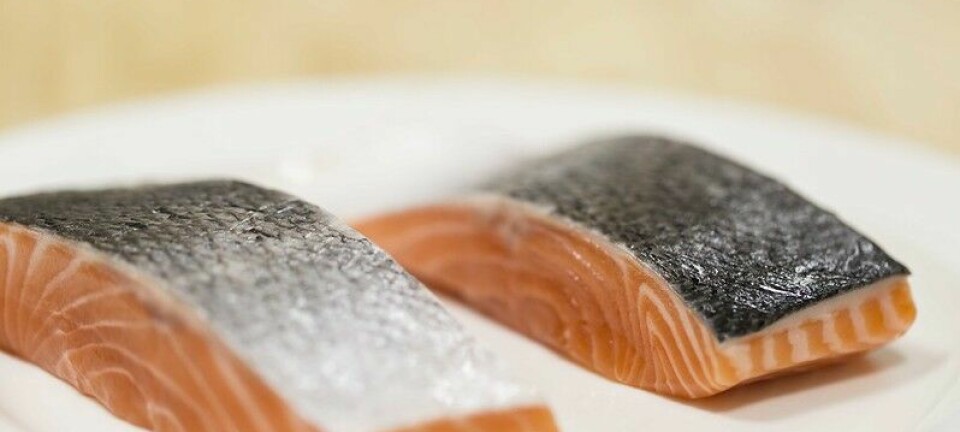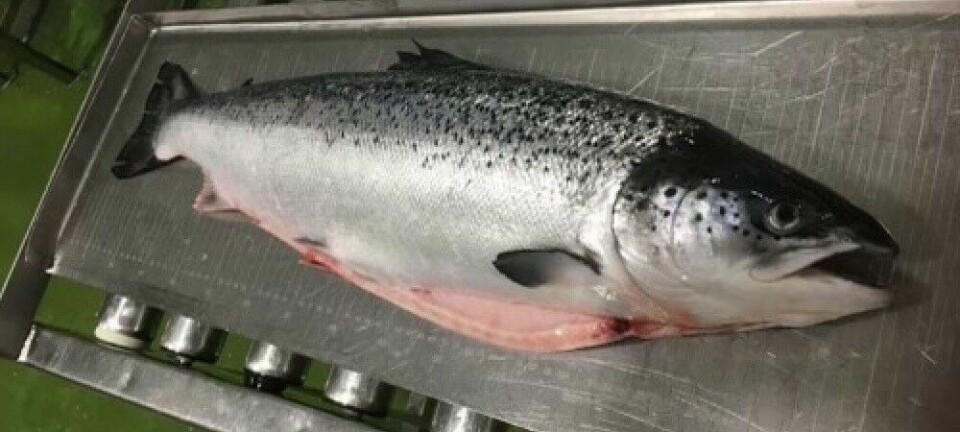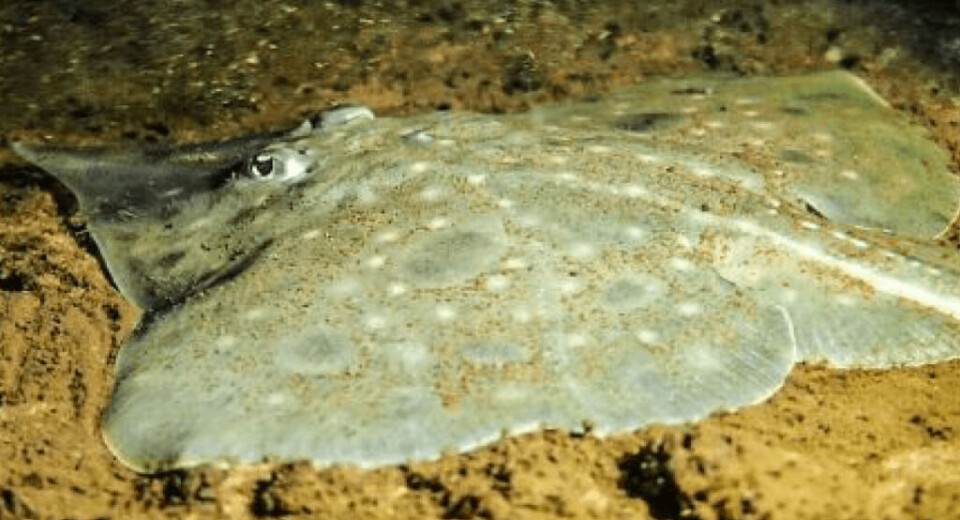
Science shows salmon pens aren't a threat to skate, claim fish farmers
Evicting industry 'would be very unreasonable response' by Aussie environment minister
Tasmania’s salmon farmers have said new research shows that federal environment minister Tanya Plibersek would be wrong to ban them from operating in Macquarie Harbour to save an endangered species of skate.
Data released today indicates the Maugean skate population has stabilised and there are as many juveniles in Macquarie Harbour today as there were 10 years ago.
The University of Tasmania’s Institute for Marine and Antarctic Studies (IMAS) research found that the population of the skate – which is only found in the Harbour - stabilised in 2021, with no overall further decline in the three years since.
It also found an increased presence of young Maugean skates, at 2014 levels, labelling the findings a “positive sign” and a “ray of hope” for the future of the skate.
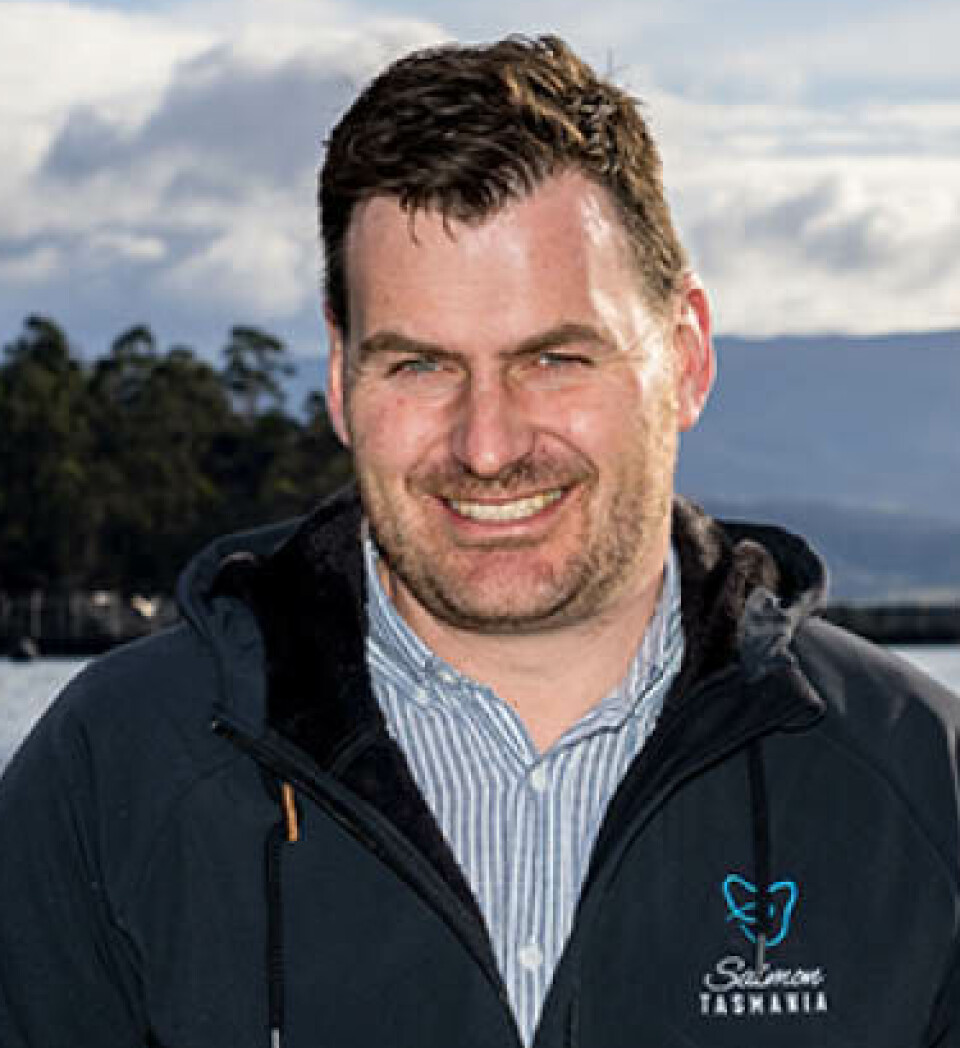
Invested in research
Luke Martin, chief executive of producers’ organisation Salmon Tasmania, said on LinkedIn that the new IMAS research, coming on top of data from Tasmania’s Environment Protection Authority (EPA) indicating water conditions in the Harbour have recovered to the best levels in over a decade, confirmed it would be a very unreasonable response by Plibersek to consider shutting down salmon aquaculture in Macquarie Harbour.
“As an industry we have never shied away from concerns about the Maugean skate, and indeed we have invested heavily in the scientific research and analysis that is now shaping the conservation response to ensure the future of the species in Macquarie Harbour,” said Martin.
“We have also consistently said we expect all regulatory decisions made about our industry’s presence in the harbour to be based on science, and not political agendas, or in response to pressure from single-minded activist groups.
Skate 'on the improve'
“Today, we have further science that confirms the Maugean skate population stabilised three years ago and that the number of juveniles is at a decade high.
“This follows science from the independent EPA last week that showed that the oxygenation of Macquarie Harbour is the best it’s been in more than a decade.
“The science irrefutably shows that the skate and the harbour are on the improve, all while salmon aquaculture continues.
“It confirms the adaptive management approach adopted by regulators, with the full cooperation of our industry, is working and can continue to support an industry presence in the harbour that is so critically important to the economic and social wellbeing of the local community.
Hydro Tasmania
“We also expect other stakeholders in Macquarie Harbour, particularly Hydro Tasmania, to step up and share responsibility for the long-term management of the harbour.
“There is no justification for Minister Plibersek to kill our industry to save the skate – she cannot and should not ignore the facts.
“The Tasmanian salmon aquaculture industry is underpinned by world leading science and intense regulation, and it is working.”
A positive sign
In an article of the University of Tasmania’s website, IMAS researcher and Maugean skate captive breeding programme leader Professor Jayson Semmens said: “Although the population remains significantly lower than historical levels, catch per unit effort data - a standard measure of relative abundance - shows the skate population has stabilised since 2021 and there has been no overall further decline.
“It takes approximately six years for Maugean skate hatchlings to reach maturity, so while immediate recovery of adult biomass is not expected, the presence of juveniles at a similar proportion relative to adults in the sampling as we were seeing in 2014 is a positive sign. Continued monitoring will be crucial to understanding the long-term trajectory of the species.”
More data needed
While the skate remains endangered, IMAS researcher Dr David Moreno said it was too early to predict long-term outcomes and stressed the importance of ongoing research and monitoring to guide effective conservation efforts.
“Additional data are needed to determine whether the observed presence of young skates will lead to a sustained recovery,” Moreno said.
“Updated population models and action plans are needed to ensure the species’ survival in Macquarie Harbour, its last remaining habitat.”
The IMAS monitoring report can be read here.
